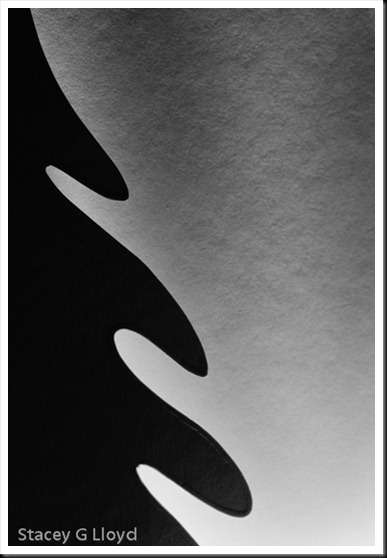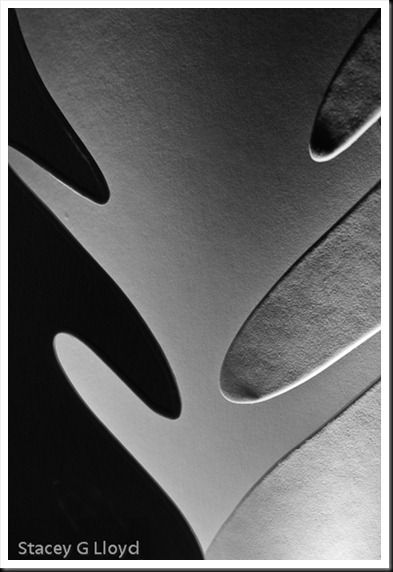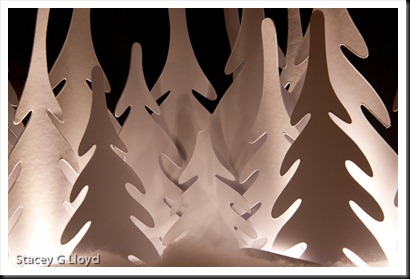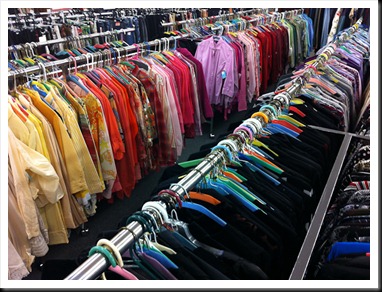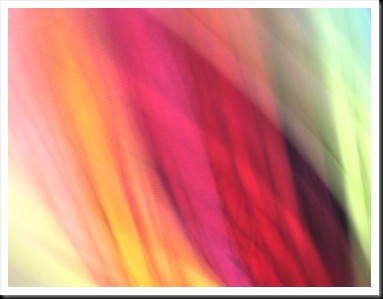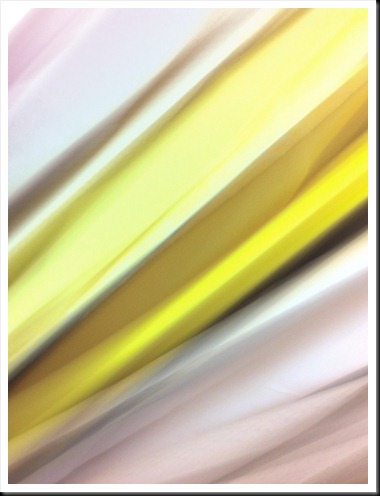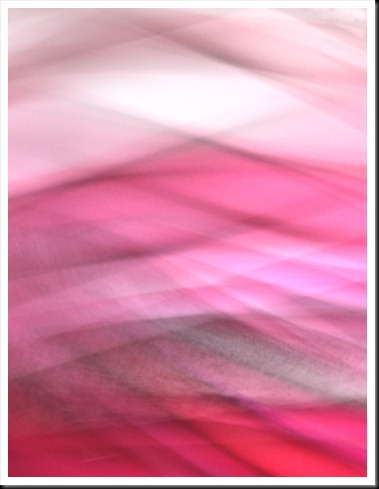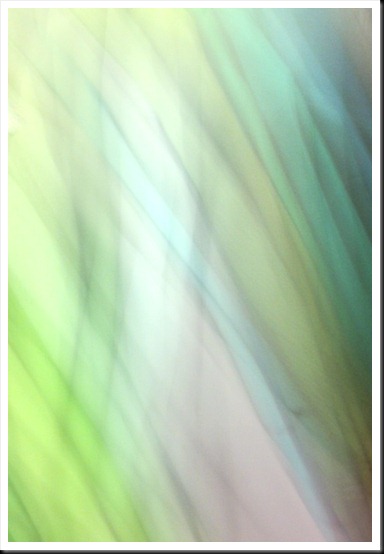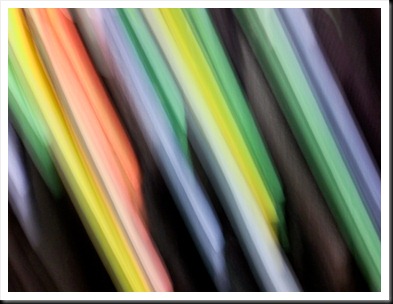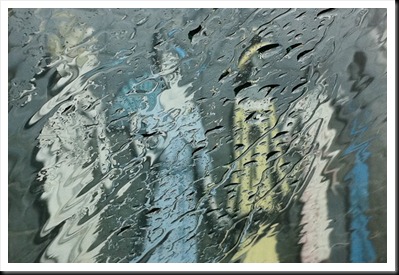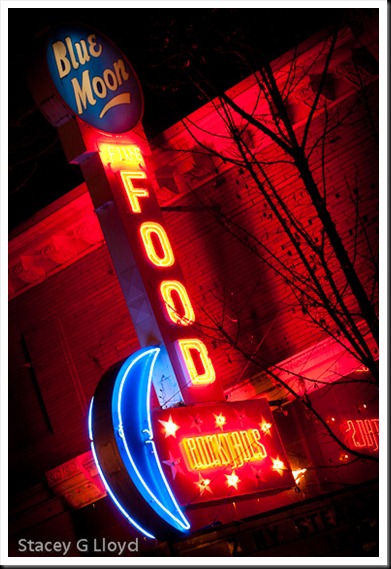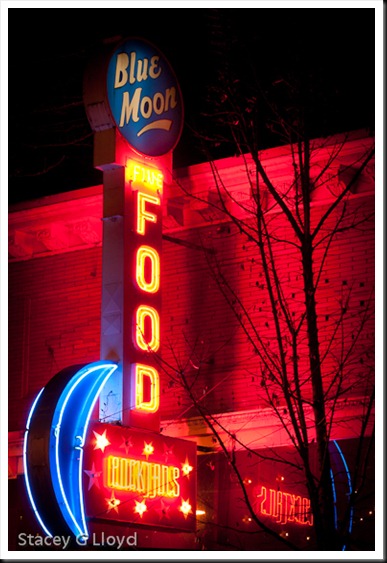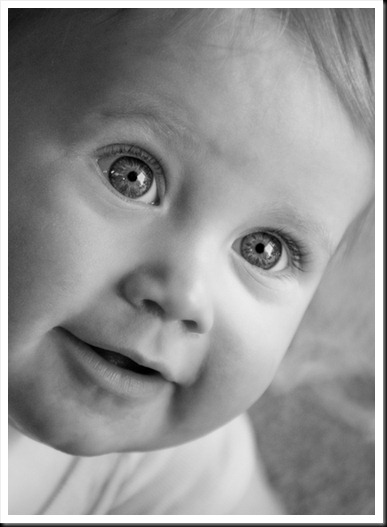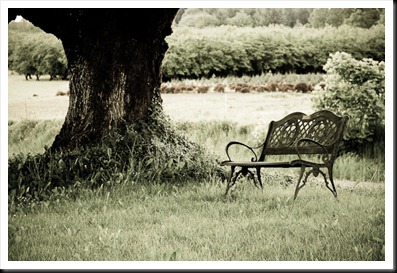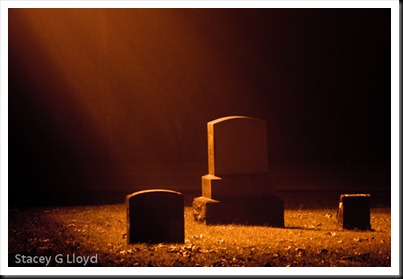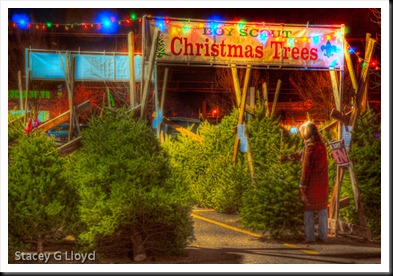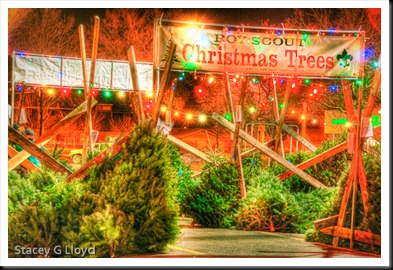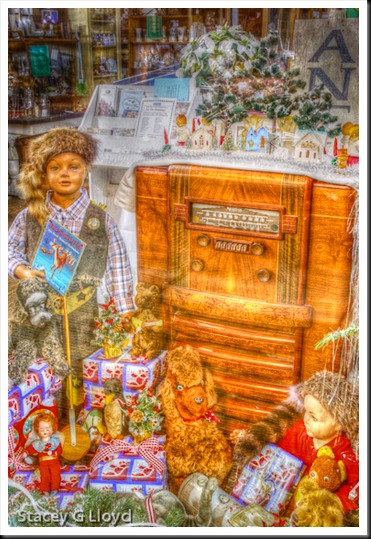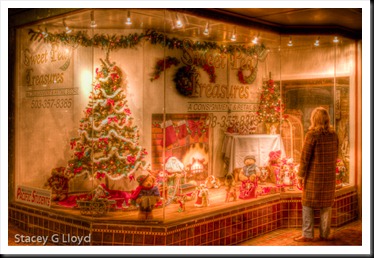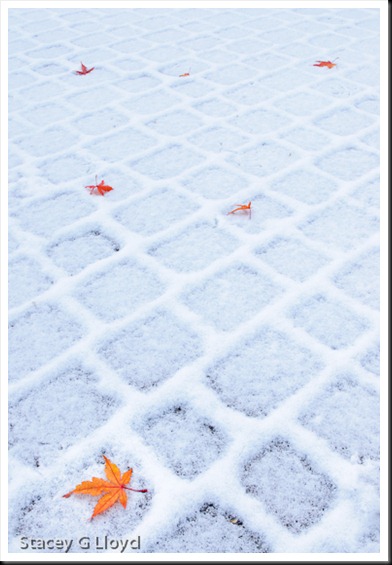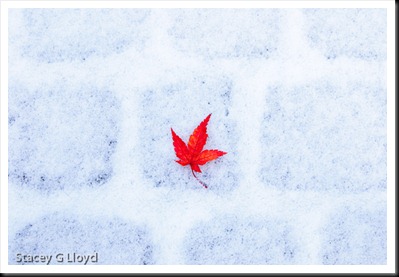Thought I would get out a last minute Happy New Year to all of my readers out there. To start off the year I decided to write about notan. Not nothing but notan.
Notan is “a Japanese design concept involving the play and placement of light and dark next to each other in art…”. Or as it was put in a new book I was reading, Photographic Composition A Visual Guide, “The importance of negative space (ground) being seen as having shape and being harmonious with shapes in positive space (figure)”. The yin-yang symbol is a classic example. As in these two abstract blog images, neither the figure or ground (subject or background) are dominant and they balance each other.
These images were created from a Christmas decoration setting on our fireplace mantle. Having just read about notan these images came to mind as I stared at the decoration. The decoration is shown from a wider perspective below.
Another place to find notan material is in shadows. If the sun is shining where you live, go out and look for the interplay of dark and light on a sidewalk, see what you can find.

